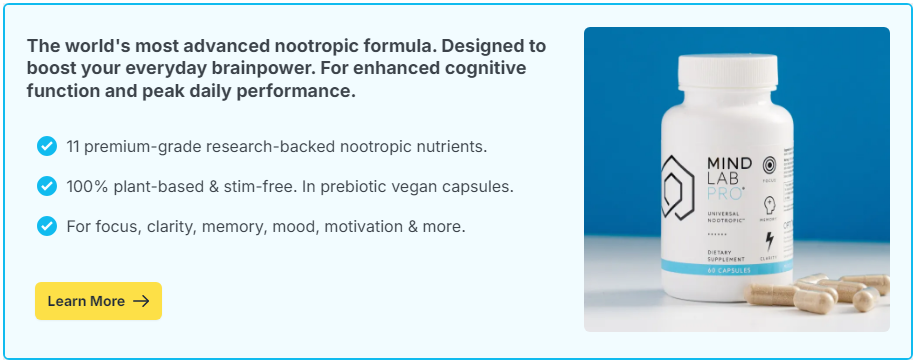
Yes – regular mindfulness practice is linked to stronger attention, improved working memory, and better emotion control, all of which may help buffer age-related cognitive decline. While it is not a cure, steady practice appears to support brain networks that keep thinking clear as we age.
Contents
What Mindfulness Actually Does In The Brain
Mindfulness means paying attention to the present moment without judgment. Over time, that simple skill trains several systems that matter for healthy cognition.
Attention Networks
Focused attention practices strengthen the brain’s ability to select what matters and ignore distractions. People who practice regularly often show faster conflict resolution and better sustained attention – skills that tend to slip with age.
Stress Hormones And Inflammation
Chronic stress and high cortisol levels are linked to memory problems. Mindfulness helps calm the stress response and can reduce markers tied to inflammation. Less stress burden means less wear and tear on brain regions important for memory, such as the hippocampus.
Default Mode Network (Mind-Wandering)
Excessive mind-wandering is associated with rumination and lower task performance. Mindfulness trains smoother “on-off” control of the default mode network, helping you return to the task at hand more quickly.
Why It Matters For Cognitive Aging
Age-related cognitive decline often shows up first as slower processing, more distraction, and memory hiccups. Practices that improve attention, stress control, and working memory target those weak points directly. Over months, people may notice steadier focus, fewer lapses, and improved recall for everyday tasks. Small gains add up, especially when combined with sleep, movement, and social engagement.
How Much Practice Is Enough?
You do not need hours each day. Many studies use about 10–20 minutes, five or more days per week, for 8–12 weeks. Short daily sessions beat long, rare ones. Consistency creates the signal your brain can adapt to; irregular practice makes results uneven.
Simple Ways To Begin
Start with basic, repeatable exercises you can do without special equipment. The goal is to build a routine you can sustain.
- One-Minute Reset: Sit tall, relax your jaw, and follow one slow inhale and exhale. Repeat five times. Use it between tasks.
- Focused Breathing (10 Minutes): Count each breath cycle up to ten, then restart. When the mind drifts, note it briefly and return to the breath.
- Body Scan (10–15 Minutes): Move attention from toes to head, noticing tension and softening it. This builds interoceptive awareness and calm.
- Mindful Walking: Walk at a natural pace, tracking the sensations of lifting, moving, and placing each foot. Keep eyes soft and posture relaxed.
- Micro-Pauses: Before email, meetings, or meals, pause for two breaths. These tiny anchors stitch mindfulness throughout the day.
Who Might Benefit Most – And Who Should Be Cautious
Adults who feel distracted, stressed, or forgetful often notice early wins from practice. That said, people with untreated depression, trauma symptoms, or severe anxiety may find silent practices uncomfortable at first. Starting with guided sessions, shorter durations, or movement-based mindfulness (like walking or yoga) can help. If any practice increases distress, scale back and consider support from a clinician.
Mindfulness is not magic, but it is a practical habit that supports core brain functions that tend to fade with age. Ten calm minutes most days is a realistic investment with compounding benefits – clearer focus, steadier mood, and memory that holds up better over time.

